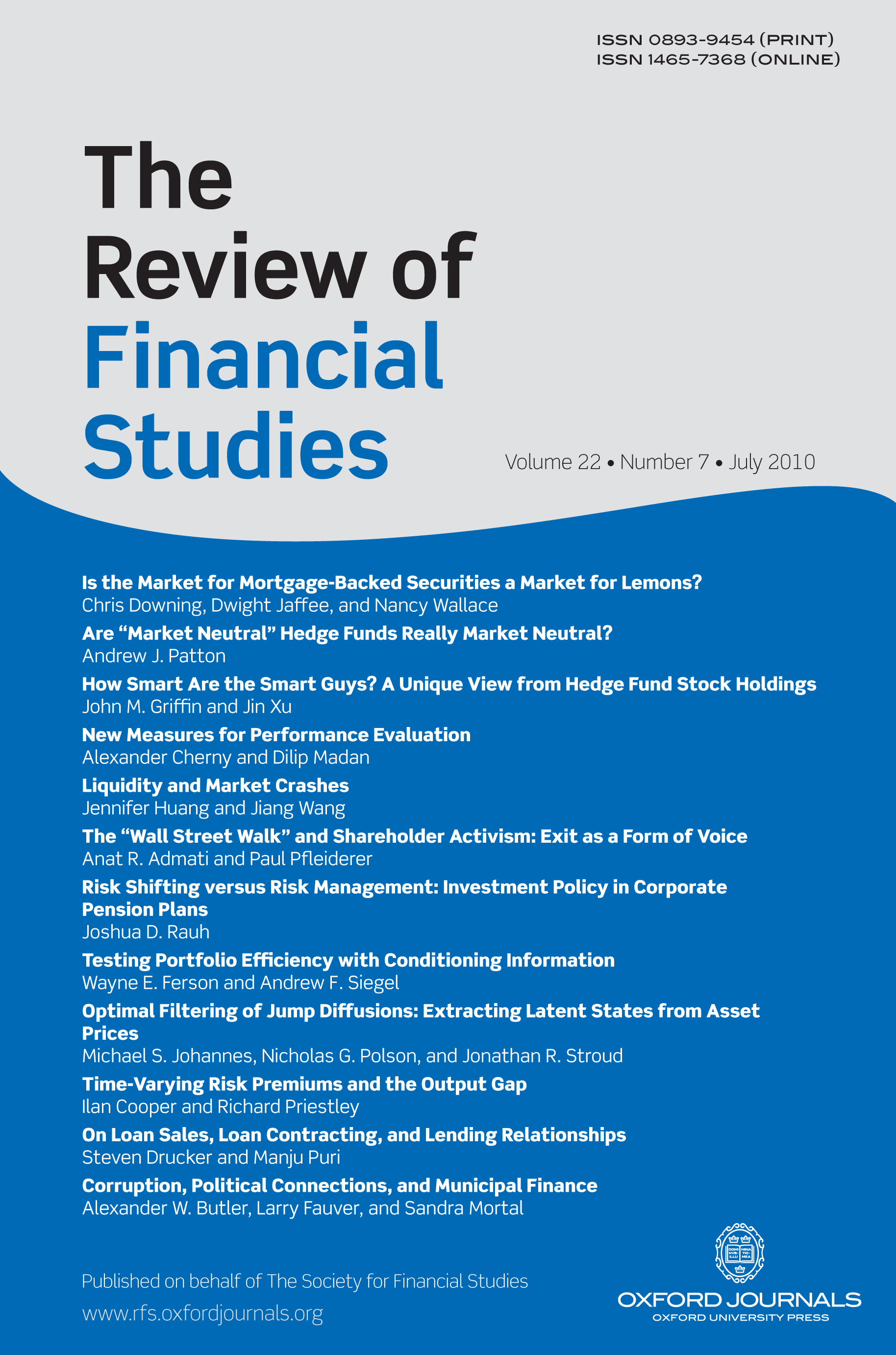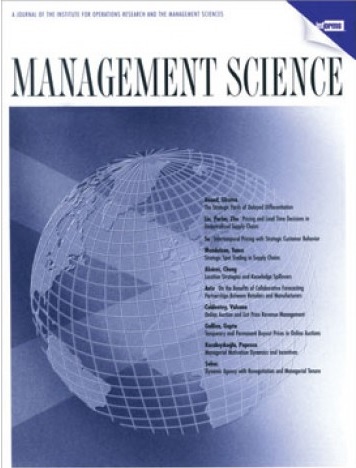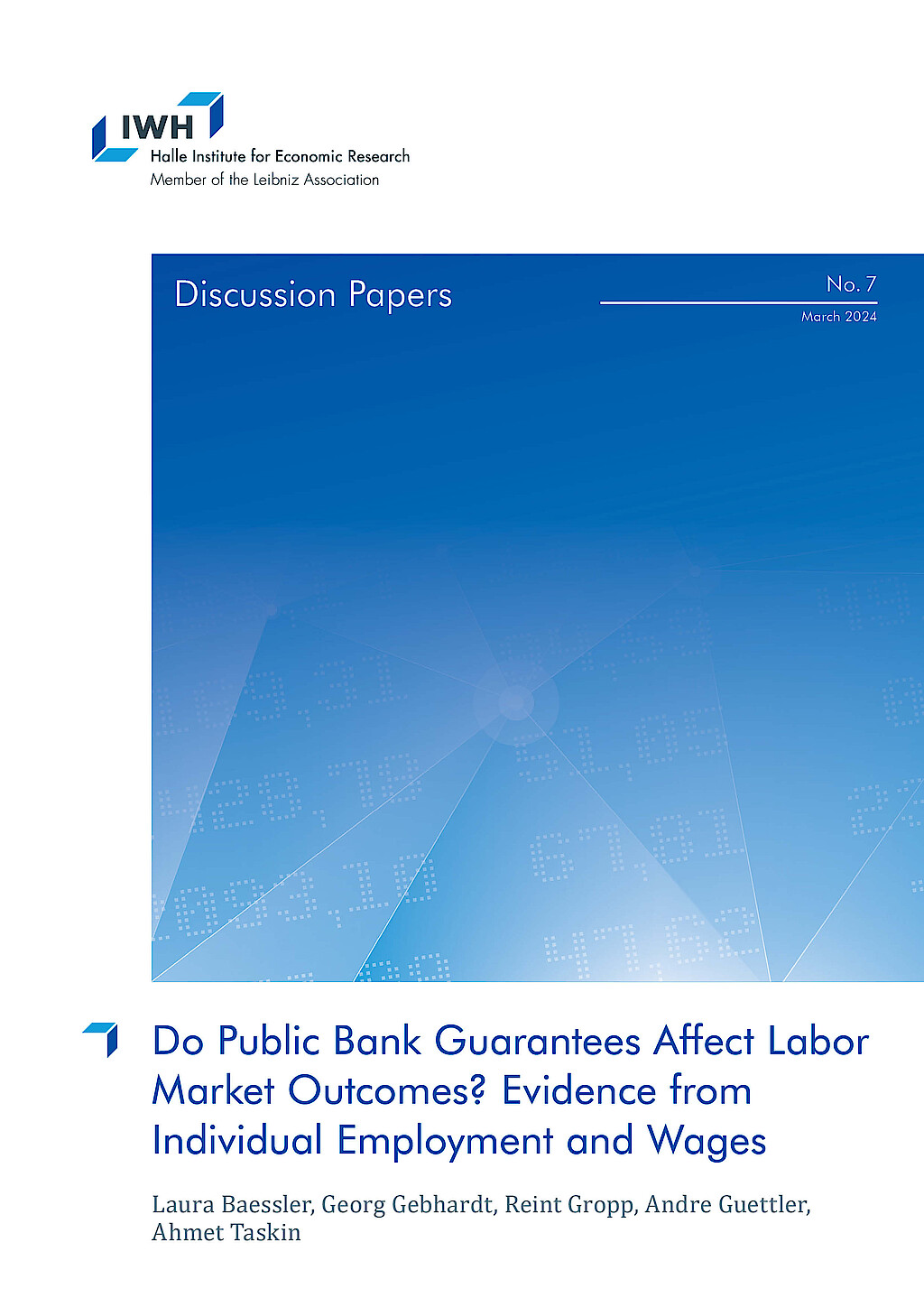Financial Intermediaries and the Real Economy
Financial intermediation can affect the real economy in many ways. Access to credit, for example, is vital for firms to fund investment and innovation activities and can affect overall economic activity. The research group “Financial Intermediaries and the Real Economy” aims at understanding the link between financial intermediation and real activity by exploring several potential channels. The group studies direct effects on firms using rich microdata as well as the link between credit markets and economic activity in the aggregate.
Projects include, among others, i) developing new ways to use credit market information as a signal for economic developments, ii) studying the effects of credit misallocation on firms’ innovation activities, and iii) exploring the effects of financial intermediation and investor actions on firms’ incentive to reduce their carbon footprint.
Research Cluster
Productivity and InstitutionsYour contact

- Department Financial Markets
Refereed Publications

Spillover Effects in Empirical Corporate Finance
in: Journal of Financial Economics, No. 3, 2021
Abstract
Despite their importance, the discussion of spillover effects in empirical research often misses the rigor dedicated to endogeneity concerns. We analyze a broad set of workhorse models of firm interactions and show that spillovers naturally arise in many corporate finance settings. This has important implications for the estimation of treatment effects: i) even with random treatment, spillovers lead to a complicated bias, ii) fixed effects can exacerbate the spillover-induced bias. We propose simple diagnostic tools for empirical researchers and illustrate our guidance in an application.

Bank Concentration and Product Market Competition
in: Review of Financial Studies, No. 10, 2021
Abstract
This paper documents a link between bank concentration and markups in nonfinancial sectors. We exploit concentration-increasing bank mergers and variation in banks’ market shares across industries and show that higher credit concentration is associated with higher markups and that high-market-share lenders charge lower loan rates. We argue that this is due to the greater incidence of competing firms sharing common lenders that induce less aggressive product market behavior among their borrowers, thereby internalizing potential adverse effects of higher rates. Consistent with our conjecture, the effect is stronger in industries with competition in strategic substitutes where negative product market externalities are greatest.

Managerial Biases and Debt Contract Design: The Case of Syndicated Loans
in: Management Science, No. 1, 2020
Abstract
We examine whether managerial overconfidence impacts the use of performance-pricing provisions in loan contracts (performance-sensitive debt [PSD]). Managers with biased views may issue PSD because they consider this form of debt to be mispriced. Our evidence shows that overconfident managers are more likely to issue rate-increasing PSD than regular debt. They choose PSD with steeper performance-pricing schedules than those chosen by rational managers. We reject the possibility that overconfident managers have (persistent) positive private information and use PSD for signaling. Finally, firms seem to benefit less from using PSD ex post if they are managed by overconfident rather than rational managers.

A Capital Structure Channel of Monetary Policy
in: Journal of Financial Economics, No. 2, 2019
Abstract
We study the transmission channels from central banks’ quantitative easing programs via the banking sector when central banks start purchasing corporate bonds. We find evidence consistent with a “capital structure channel” of monetary policy. The announcement of central bank purchases reduces the bond yields of firms whose bonds are eligible for central bank purchases. These firms substitute bank term loans with bond debt, thereby relaxing banks’ lending constraints: banks with low tier-1 ratios and high nonperforming loans increase lending to private (and profitable) firms, which experience a growth in investment. The credit reallocation increases banks’ risk-taking in corporate credit.

Mind the Gap: The Difference Between U.S. and European Loan Rates
in: Review of Financial Studies, No. 3, 2017
Abstract
We analyze pricing differences between U.S. and European syndicated loans over the 1992–2014 period. We explicitly distinguish credit lines from term loans. For credit lines, U.S. borrowers pay significantly higher spreads, but lower fees, resulting in similar total costs of borrowing in both markets. Credit line usage is more cyclical in the United States, which provides a rationale for the pricing structure difference. For term loans, we analyze the channels of the cross-country loan price differential and document the importance of: the composition of term loan borrowers and the loan supply by institutional investors and foreign banks.
Working Papers

Too Poor to Be Green? The Effects of Wealth on the Residential Heating Transformation
in: SSRN Working Paper, 2024
Abstract
Using the near-universe of Danish owner-occupied residential houses, we show that an exogenous increase in wealth significantly increases the likelihood to switch to green heating. We estimate an elasticity of one at the median of the wealth distribution, i.e., a 10% increase in wealth increase raises green heating adoption by 10%. Effects are heterogeneous along the wealth distribution: all else equal, a redistribution of wealth from rich households to poor households can significantly increase green heating adoption. We further explore potential channels of our findings (pro-social preferences, financial constraints, and luxury goods interpretation). Our results emphasize the role of economic growth for the green transition.

Do Public Bank Guarantees Affect Labor Market Outcomes? Evidence from Individual Employment and Wages
in: IWH Discussion Papers, No. 7, 2024
Abstract
We investigate whether employees in Germany benefit from public bank guarantees in terms of employment probability and wages. To that end, we exploit the removal of public bank guarantees in Germany in 2001 as a quasi-natural experiment. Our results show that bank guarantees lead to higher employment, but lower wage prospects for employees after working in affected establishments. Overall the results suggest that employees do not benefit from bank guarantees.

Out of Sight, out of Mind: Divestments and the Global Reallocation of Pollutive Assets
in: SSRN Working Papers, 2023
Abstract
Large emitters reduced their carbon emissions by around 11-15% after the 2015 Paris Agreement (“the Agreement”) relative to public firms that are less in the limelight. We show that this effect is predominantly driven by divestments. Large emitters are 9 p.p. more likely to divest pollutive assets in the post-Agreement period, an increase of over 75%. This divestment effect comes from asset sales and not from closures of pollutive facilities. There is no evidence for increased engagements in other emission reduction activities. Our results indicate significant global asset reallocation effects after the Agreement, shifting emissions out of the limelight.

Capital Misallocation and Innovation
in: SSRN Solutions Research Paper Series, 2020
Abstract
This paper documents that "zombie" lending by undercapitalized banks distorts competition and impedes corporate innovation. This misallocation of capital prevents both the exit of zombie and entry of healthy firms in affected industries adversely impacting output and competition. Worse, capital misallocation depresses patent applications, particularly in high technology- and R&D-intensive sectors, and industries with neck- and-neck competition. We strengthen our results using an IV approach to address reverse causality and innovation survey data from the European Commission. Overall, our results are consistent with externalities imposed on healthy firms through the misallocation of capital.








